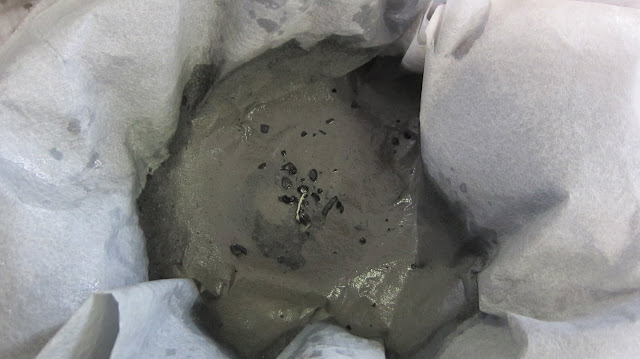Letterpress, conducted by Sara Langworthy was a really great course.
The first few projects were simple with an increasing number of runs and colours on the press. The last project, documented the most heavily consisted of a total of 8 runs, which I brought down to 7, of which 6 are posted below.
The final project is part of a series of books called the 'Book of Trees'. The first of the series that is being worked on is on the Fir Tree. Projects 4 & 5 were treated as layout mock-ups for the final book.

Tied type
 Carving the block
Carving the block

Carving the branch of the cone on the resingrave block

Proofing the resingrave block

Resingrave, Linoleum, Polymer plate using a scratch negative and Polymer plate using rubylith

Proofing the various images

A series of mock-ups were developed before the final layout was decided

Linoleum block locked in place


Resingrave inked up















































